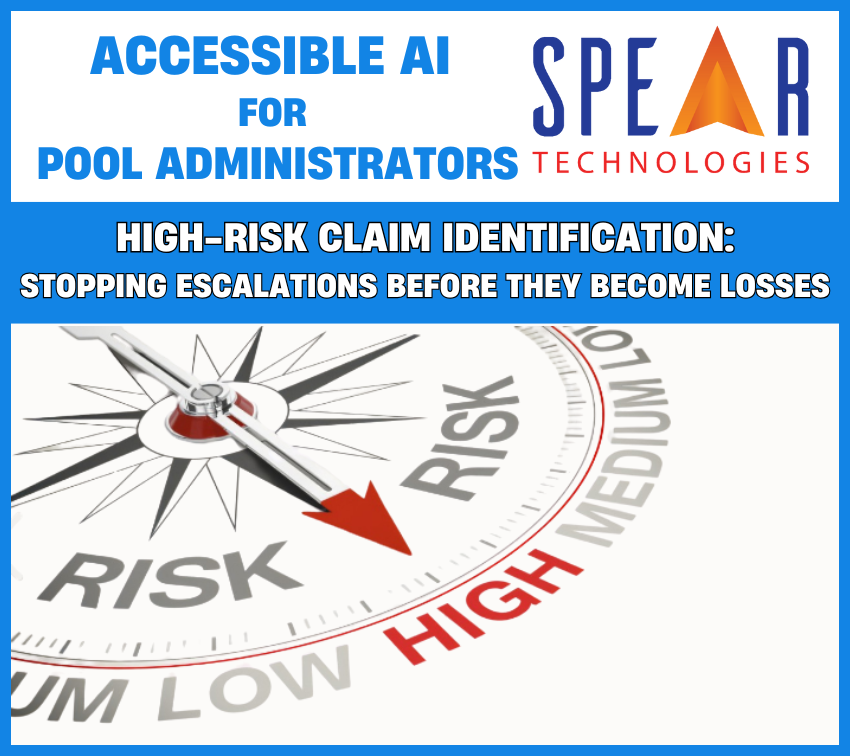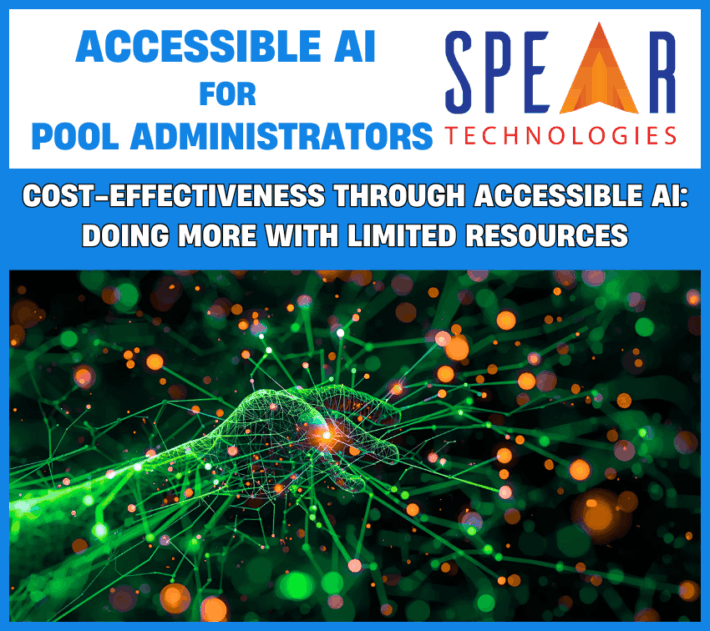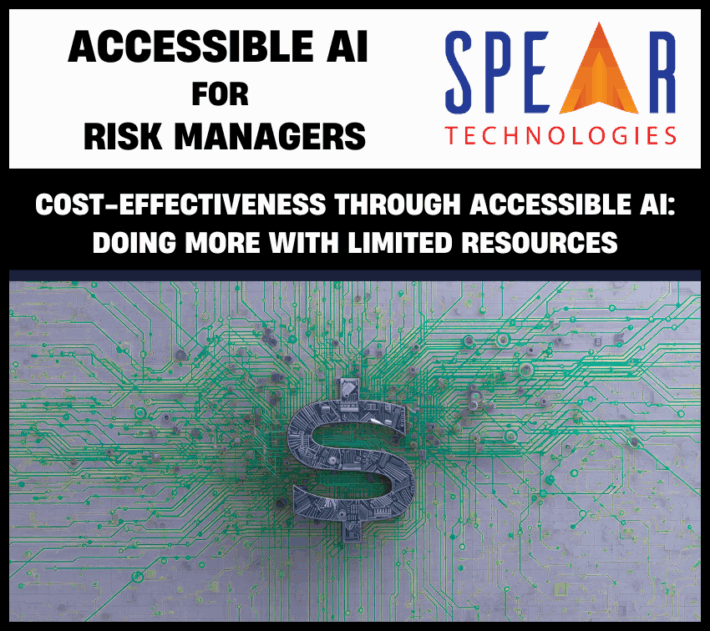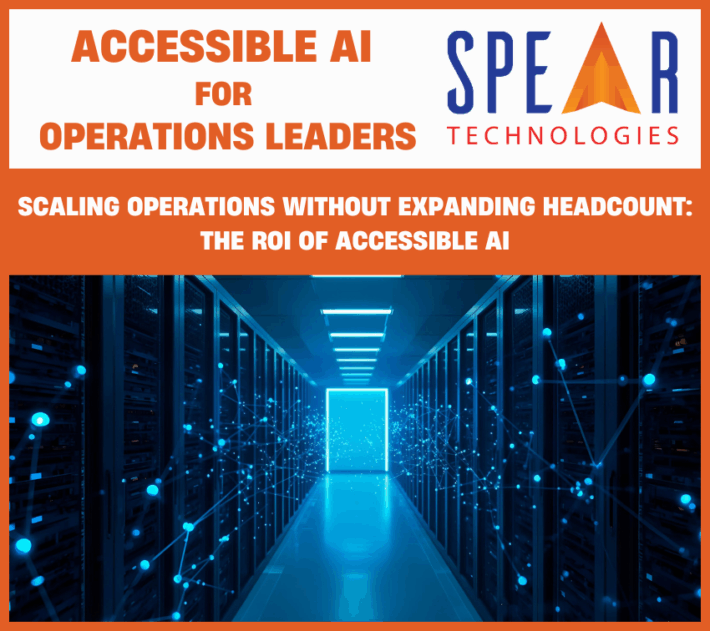Accessible AI for Pool Administrators: High-Risk Claim Identification – Stopping Escalations Before They Become Losses

For Pool Administrators, few challenges weigh more heavily than managing high-risk claims. These claims—whether they involve litigation, rising medical costs, or prolonged recovery times—can destabilize budgets, erode member confidence, and undermine the stability of the pool itself. The problem is that traditional oversight methods often reveal risks only after reserves have already spiked, leaving little room for meaningful intervention.
And make no mistake—the stakes are high.
Consider the costs of high-risk claims by Line of Business:
- Property: A single catastrophic event recently cost insurers over $100 billion—and these incidents have increased by 40% in recent years.
- Healthcare: Escalation drove more than $18 billion in claims costs in 2023 alone.
- Worker’s Compensation: The average large claim now exceeds $3 million.
- Commercial Auto: Claim costs are up $30 billion over the past decade, fueled by higher bodily injury payouts, escalating litigation, and pricier vehicle repairs tied to advanced technology.
With stakes this high, pool administrators can no longer afford to wait until problems surface. This is where Accessible AI changes the game – empowering teams to identify high-risk claims earlier, intervene faster, and prevent escalation before costs spiral out of control.
Accessible AI changes this equation. By surfacing high-risk claims while they are still developing, Pool Administrators gain the visibility and foresight they need to act before escalation—and before losses spiral out of control.
Empowering Business Users with AI They Can Shape
If you read the first article in this series, you’ll recognize this section—it bears repeating. Every Accessible AI use case builds on this foundation: putting AI into the hands of business users who know the work best.
One of the most transformative aspects of accessible AI in insurance is the shift from developer-led to business-led model interaction. In traditional setups, any customization or retraining of AI models requires intervention from IT teams, data scientists, or external vendors. This dependency creates bottlenecks, slows innovation, and disconnects model development from those who understand the business problems best—your underwriters, claims adjusters, fraud investigators, and customer experience teams.
Why Business-User Accessibility Is a Game-Changer
When AI tools are designed for business users, the result is more responsive, agile, and relevant model development. Empowering business users to adapt and train AI models on their own yields multiple advantages:
- Faster Time-to-Value: No waiting on IT backlogs or vendor response times
- Higher Accuracy: Models reflect real-world operational needs and are continually refined by domain experts
- Greater Adoption: Tools that align with existing workflows and skill sets see higher engagement
- Scalable Innovation: Business teams become active participants in digital transformation, not passive consumers
High-Risk Claim Identification: Spotting Trouble Before It Spreads
High-risk claims represent the single greatest threat to pool stability. They are the claims that grow quietly in the background until they suddenly spike costs and reserves. Accessible AI continuously analyzes claim data, notes, and historical outcomes to detect early warning signs—patterns of delayed recovery, claimant dissatisfaction, or litigation triggers.
For Pool Administrators, this provides a real-time early-warning system. Instead of being surprised by sudden reserve increases, they can reallocate resources, alert members, and adjust strategies before losses accumulate.
Impact: Fewer financial shocks, stronger oversight, and improved loss prevention.
Why Early Intervention Protects Budgets and Member Confidence
Unchecked, high-risk claims drain more than financial reserves—they also erode member trust in the pool’s ability to deliver stability and value. Early identification empowers Pool Administrators to:
- Protect budgets by containing costs before they escalate
- Safeguard member confidence through proactive communication and resolution
- Preserve pool stability by reducing exposure to unexpected financial shocks
By shifting from reactive to proactive oversight, Pool Administrators can strengthen both financial resilience and member relationships.
Case Vignette: Reducing Severity Through Early Action
Consider a liability claim within a municipal risk pool. At first, the claim appeared routine. But AI flagged unusual claimant behavior and repeated concerns in adjuster notes. The Pool Administrator received an early alert, engaged legal counsel, and reassigned the case to an experienced claims manager.
Because of this early intervention, the claim never escalated into litigation and overall reserves were held far below projections.
Result: Lower claim severity, member confidence maintained, and pool stability preserved.
Why It Matters for Pool Administrators
For Pool Administrators, the mandate is clear: protect member resources, maintain transparency, and uphold the long-term stability of the pool. High-risk claim identification with Accessible AI delivers on these priorities by flagging problems early, supporting proactive interventions, and strengthening trust across stakeholders.
This series will continue exploring how Accessible AI equips pool leaders with practical, business-friendly tools to balance accountability, compliance, and service—without adding complexity.
Next in the Series: We’ll take a closer look at how Virtual Agents are transforming member and vendor service—reducing administrative load while improving responsiveness and accountability.
Ready to see how SpearClaims™ can help your pool do more with less?
Schedule a Demo to see how SpearClaims™ with Accessible AI equips Pool Administrators with stronger oversight, better transparency, and proactive loss prevention.
Request Pricing to learn how cost-effective it can be to modernize risk management, protect member resources, and deliver long-term stability.



